Our family tend to eat tamales during the holiday periods; they always bring back memories of a Mexican vacation we had. Everyone in our family love them, and even our cat looks longingly at the tamales, begging us to let him have a bite.
But, just how safe are tamales for cats, particularly when you consider the husk rather than the meat inside? I decided to do some research into this snack, including how the beef, canned, cheese, chicken, corn, and pork flavors of tamales might not be a great feline meal.
Can cats eat tamales? Most tamale mix and meat from inside the tamales should be safe for a cat, but it’s not something I recommend you let them eat if you can help eat. Most corn masa recipes will contain cheese, salsa, and spices which can upset cat’s stomachs. Husks can also present a choking hazard.
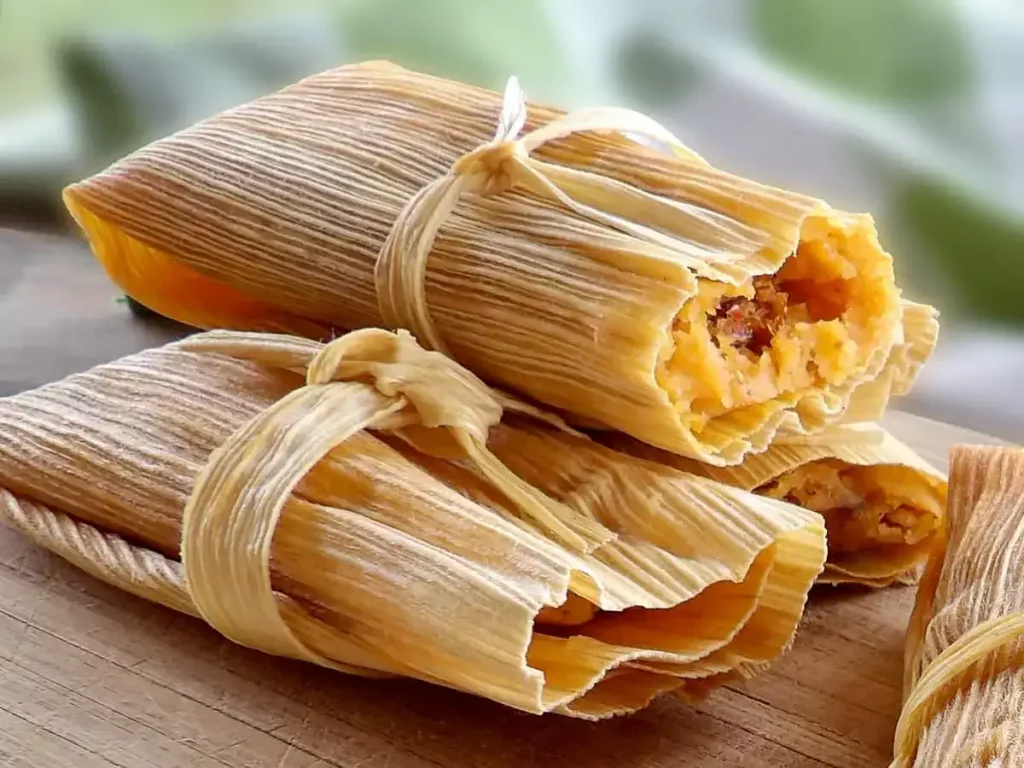
Tamales are not designed for cats and can make them sick. The risk can be reduced if the mixture inside is predominantly meat based, with no cheeses, salsas, onions, garlic and seasoning added.
If you’re making homemade tamales, this is really important because onions and garlic are toxic to cats, and can make them very, very ill. Many cats will have dairy allergies too, so cheese should really be avoided.
Plus, being a Mexican dish, it’s tempting to add the spicy flavors into tamales such as jalapenos and peppers. Spicy food can be very harmful to cats, which is something I’ve talked about before in my guide on why cats should not eat Takis.
And then there’s the corn husk…
Can cats eat tamale husk?
Tamales that are steamed in corn husks rather than being wrapped in a banana leaf can present more of a hazard to your kitten.
It goes without saying that it’s much more preferable that your cat eats the meat inside the tamales, rather than the rough outer husk – and there are good reasons why.
Tamale corn husks won’t be toxic so will not poison your cat or kitten. However, what they definitely are is hard to digest. Just imagine one or parts of a husk sitting in your own stomach or digestive system… nasty stuff eh?
How bad a tamale husk is for your cat will depend on a number of factors including how much corn husk they ate, the sizes of your cat, and how well it was chewed down.
If your cat has eaten a tamale husk, don’t be at all surprised if their body rejects it. I spoke to one cat owner on Facebook when researching this guide whose cat threw up a tamale husk after that had been to a county fair for the day… she didn’t even know her cat had eaten the it off the ground!
If your cat doesn’t puke the husk up, they could experience digestive problems and gas. The husk could be the right size to cause a blockage, so does have the potential to be very serious – you should call your vet if you suspect this is the case.
The signs that your cat has got a corn husk stuck inside them include:
- Vomiting.
- Difficulty passing bowel movements.
- Loss of appetite.
- Abdominal pain.
- Restlessness.
Call your vet immediately if any of this happens.
How the calories in tamales can be bad for your cat
Whilst I’ve established that the bulk of the ingredients inside of a typical tamale is not hugely bad for your cat, I’ve not really discussed the calorie implications… and I think it’s important.
When you consider the following, it makes for an interesting topic of discussion.
- Cats should only eat 25 calories for each pound they weigh each day.
- Cats should only have treats as 10% of their total daily food intake (the 90/10 rule).
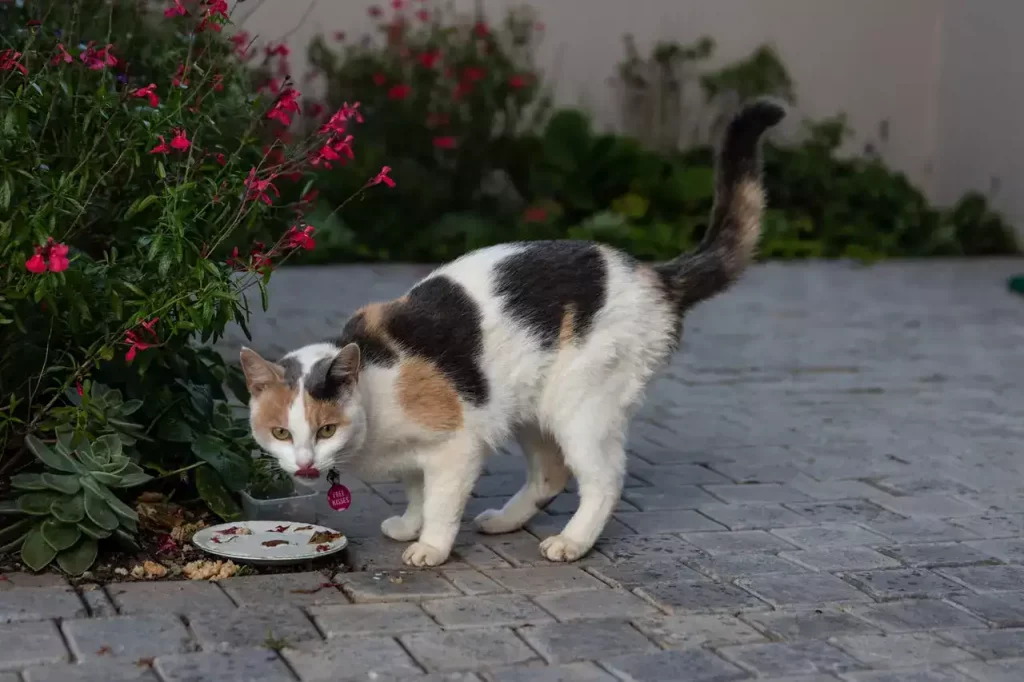
What I’ve then done is take two of the most popular cat breeds; Maine Coons and Ragdolls. I’ve calculated what their daily calorie intake should be, based on the average weight of each breed.
- Average Maine Coon is 8-20 pounds: Should eat no more than 325 calories daily.
- Average Ragdoll is 15-20 pounds: Should eat no more than 425 calories daily.
As we know, all tamales are different. How many calories in them will depend on the recipe, whether they are homemade, store bought, canned and tinned, or from a take-out or restaurant.
So, I have to take a leap of faith a little bit here but did look into the average amount of calories in some of the most popular tamale flavors.
I then crunched the numbers to see how a cat eating one of these typical tamales could impact on their diet and daily calories. Here’s what that looks like:
- Beef tamale (250 calories): 40% Maine Coon / 14% Labrador daily intake.
- Canned tamale (230 calories): 37% Maine Coon / 13% Labrador daily intake.
- Cheese tamale (270 calories): 43% Maine Coon / 15% Labrador daily intake.
- Chicken tamale (210 calories): 34% Maine Coon / 12% Labrador daily intake.
- Pork tamale (250 calories): 40% Maine Coon / 14% Labrador daily intake.
So, whilst a large cat like a Savannah could eat a tamale and only use up between 12 to 14% of their daily calories, it has a much larger impact on smaller breed. I own a British Shorthair, and if she was to eat a pork tamale, that’s 40% of his calories already gone.
You might not think that 40% sounds like a lot, but it is because it goes against the widely adopted 90/10 rule on catty snacks… in other words, snacks should only account for 10% of your cat’s daily food intake.
I would certainly consider tamales to be a snack, rather than proper or raw cat food which comes with nutritional value.
What about just the meat from inside a tamale?
But what about your cat eating just the meat form inside the tamales, surely that’s ok?
I kind of agree, and it’s certainly a lesser of two evils. But again, it depends on the recipes. If it’s just a meat mix with no seasoning, and minimal cheese, then your cat will probably be okay if it eats pork tamales, chicken tamales, beef tamales, or even a little of the corn masa.
I would not let your cat eat canned tamales, because tinned food tends to have lots of salt and preservatives in, none of which are great for feline digestive systems.
My kitten ate a tamale – what should I do?
If your kitten ate a tamale, keep a close eye on them. Kittens are notorious for having very delicate digestive systems, so anything unusual and rich in flavor will typically induce vomiting and diarrhea.
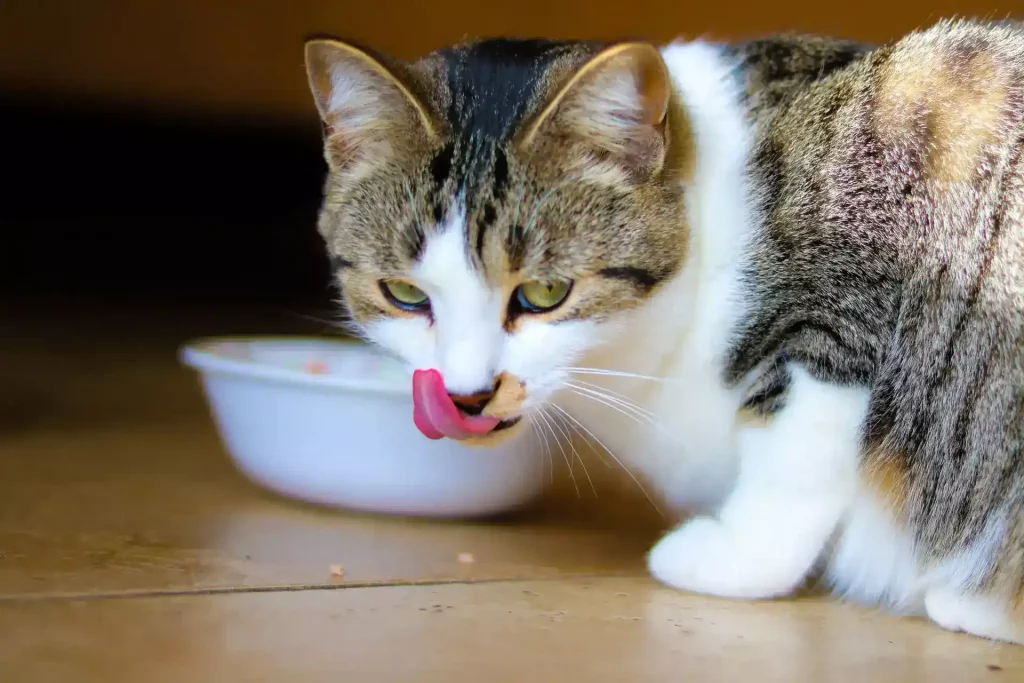
Given the age of your kitten and how prone they can be to sickness, I would always consult with a very anytime they eat something they are not meant to.
Can cats eat hot tamales, the candy?
Whilst we’re on the topic of cats eating tamales, what about the candy version? You would be surprised at how many people let their cats eat candy, but it can also happen by accident.
We’ve got a young son as well as our British Shorthair, and our kid will often drop things on the floor, including candy – it’s not always unavoidable, particularly with a quick and greedy cat!
Can cats eat Hot Tamales candy? No, cats should not eat hot tamales. They contain sugars and other ingredients that can upset feline stomachs. The hot spicy taste could also burn their throat and insides.
So, should you be worried if your cat eats a hot tamale?
Personally, I would be a little bit concerned, and would recommend calling a vet. Even small amounts of refined sugar fed irregularly could lead to teeth problems, a disrupted metabolism and increase the chances of feline diabetes.
Just look at the ingredients of Hot Tamales below. Are these really things you want your cat to chew on and swallow down?
Hot Tamales ingredients: Sugar, corn syrup, modified food starch, dextrin, medium chain triglycerides, fruit juice from concentrate, sodium citrate, pectin, citric acid, malic acid, fumaric acid, confectioners glaze, carnauba wax, white mineral oil, artificial flavors, artificial color, sodium citrate, magnesium hydroxide, tartrazine.
The bottom line is this; Hot Tamales are bad for cats and could lead to diarrhea, vomiting, and even a more serious health condition. Don’t let your kitten or cat eat them at all.
Conclusion
To conclude, I don’t think cats can have tamales with the husk. A little bit of tamale meat probably won’t do them any hard, just go easy on the cheese, salt, seasoning, spice, and definitely no onion or garlic.
Ask yourself this; why are you letting your cat eat a tamale? For whose benefit is it really? Give your cat the occasional treat by all means, but be very careful, as cats don’t always react that well to rich foods.
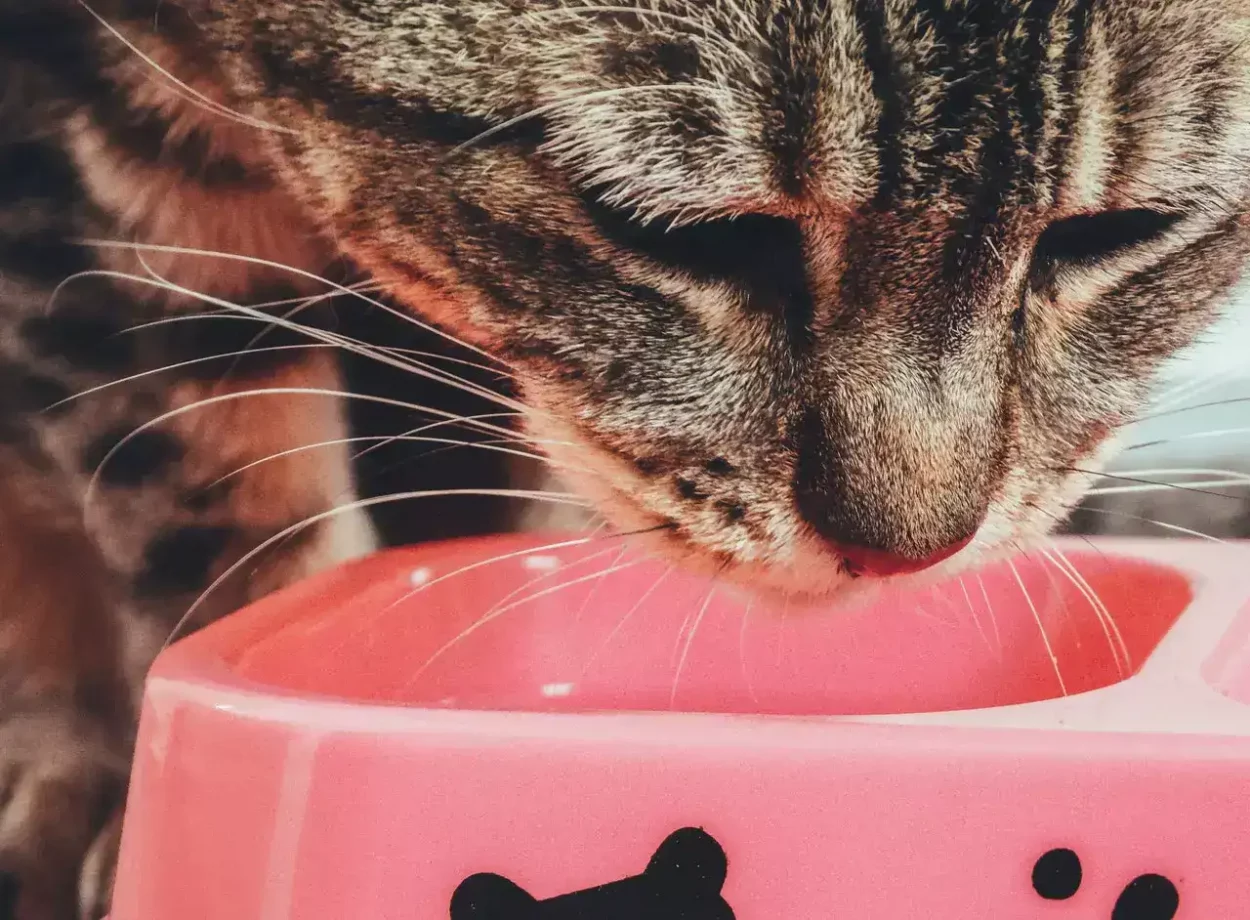
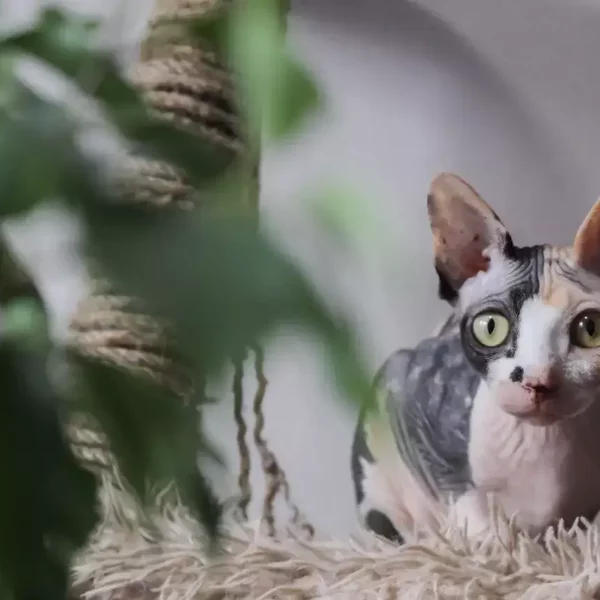
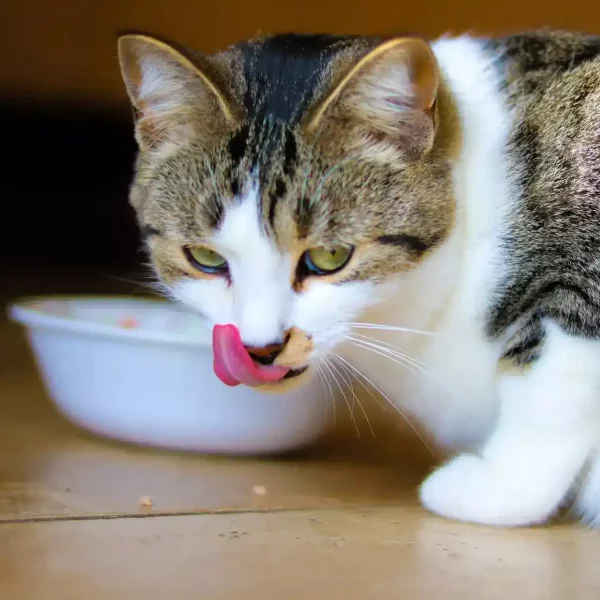
Leave a Comment